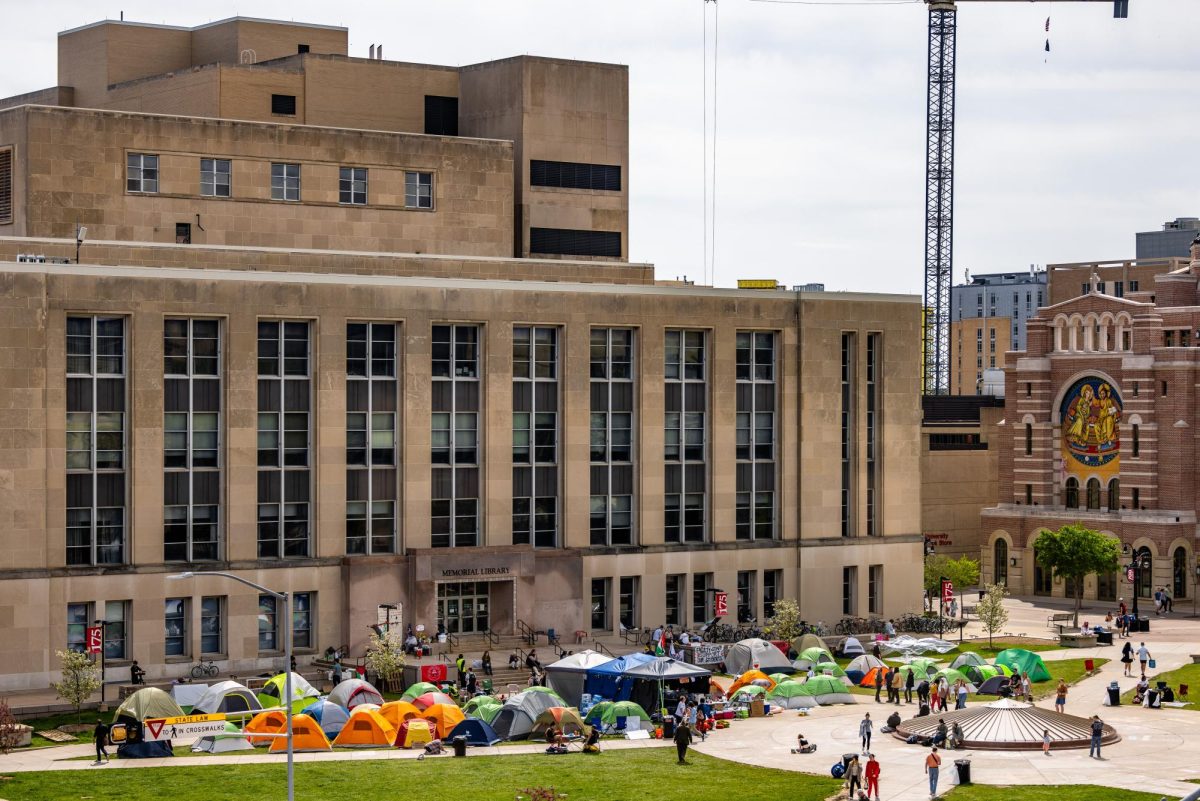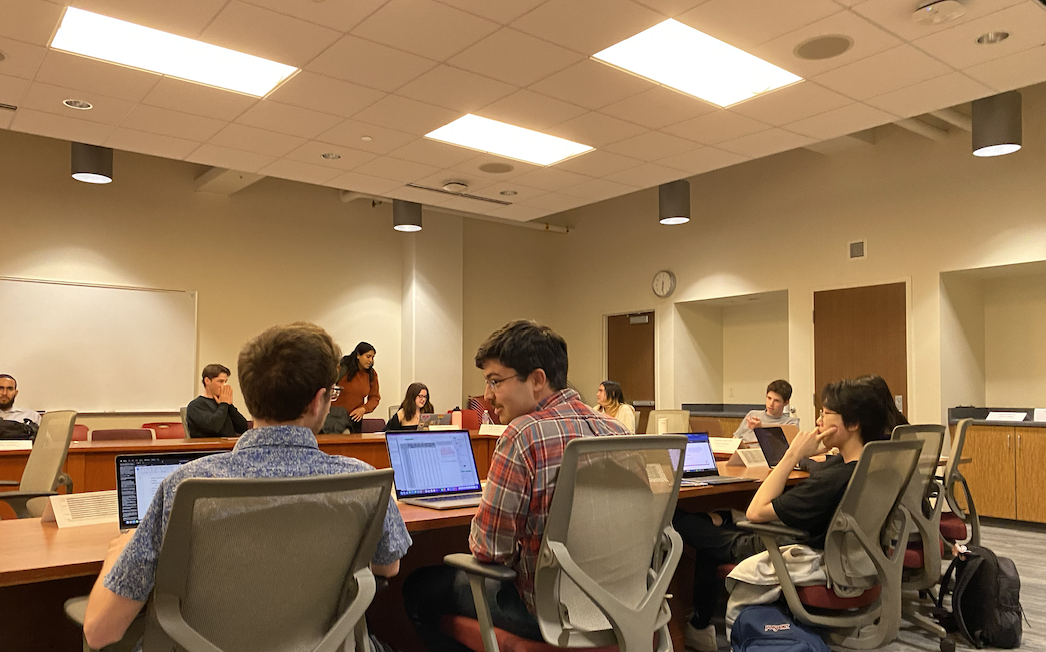University of Wisconsin researchers in collaboration with scientists from around the globe are nearing the completion of a device that will allow the study of a unique particle with the potential to answer questions concerning the creation of the universe.
The researchers recently finished seasonal installation of detectors at the IceCube Neutrino Observatory, located at the South Pole, capable of pinpointing neutrinos — neutral, minute particles that easily pass through matter and have always been difficult for scientists to detect.
Through the use of a cubic kilometer of ice as an underground telescope, the IceCube Neutrino Observatory aims to explore the edges of the universe by searching for information about neutrinos, Associate Administration Program Specialist Laurel Bacque said.
“The key idea was to use ultra-transparent Antarctic ice as a particle detector,” IceCube Principal Investigator and physics professor Francis Halzen said. “The detector was already there, so we just had to put the sensors in the ice to read it out.”
Scientists have been discussing the possibility of building kilometer-scale neutrino detectors for decades, yet have just recently developed the technology to succeed in building such a device, Halzen said.
In order to detect the neutrinos, the researchers drilled 1.5-mile-deep holes into which they dropped strings containing 60 detectors each to record the time and intensity of neutrino interactions.
Although the detectors do not sense the neutrinos themselves, they do detect the light emitted when a neutrino and another particle interact.
During the summer season in the South Pole, which lasted from the beginning of November to the end of January, the scientists used an enhanced hot water drill to add 20 more strings to the telescope.
Now, throughout winter season, researchers will observe neutrino interactions, analyze data and fix any instruments requiring repair.
Before the completion of the underground telescope in 2011, seven more strings will be inserted into the ice, which will bring the total number to 86.
“While most research projects test a hypothesis they have, our research simply aims to discover the unexpected, and that’s what is most exciting about it,” Bacque said.
Bacque added the experiment also presents the potential to discover how the universe was created.
The telescope is primarily a discovering instrument because it is unclear whether the scientific discoveries will relate to astronomy, particle physics or some other category, Halzen said.
“In any case, this is fundamental research and our goals are purely intellectual,” Halzen said.
Halzen added it would be very rewarding to be able to contribute to the scientific field by, for instance, exploiting IceCube’s potential for detecting dark matter.
While UW is the administrative leader of the project, UW researchers collaborate with scientists from other United States universities, as well as with other global researchers from Belgium, the Netherlands, Switzerland, Japan, United Kingdom, New Zealand and Sweden.
In order to facilitate further research and to analyze results, the researchers continue to attend collaborative meetings biannually.
The main monetary contributor to the IceCube Neutrino Observatory is the National Science Foundation, but many smaller European funding agencies have contributed, as well.










